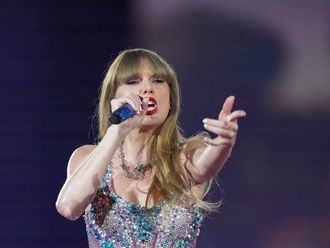Berlin: German retail sales recorded their strongest first-half increase in at least 20 years, data showed on Friday, strengthening expectations that private consumption will be a major growth driver for Europe’s largest economy this year.
The 2.5 per cent gain in shopping activity in real terms from January to June was the largest rise on record, data from the Federal Statistics Office showed on Friday. An official said it was the highest first-half increase since the office began releasing that data in 1994.
Annual retail sales were also encouraging. Shopping activity soared by 5.1 per cent on an annual basis as Germans spent more on textiles, cosmetics, medicines and other items like books and jewellery.
Analysts noted the upturn has been driven by cash-spending, rather than borrowing, as Germans crack open their piggy banks to spend more on consumer goods.
“Things have hardly ever been going better for Germans than right now,” Berenberg economist Holger Schmieding said, adding that record-high employment, stable prices, rising wages and stock market profits made Germans more willing to spend.
“It’s especially encouraging that this increase in spending is not being driven by borrowing,” he said, noting cash spending is behind the upturn.
“As a result, I think private consumption can continue growing solidly without any risks on the horizon.”
The strong first-half retail sales bode well for household spending, combined with other data showing unemployment at record-low levels and morale among German shoppers high levels.
In addition, cheap oil is freeing up some of consumers’ cash for other purchases and bigger paychecks also make an increase in private consumption likely.
“The first half of the year exceeded our expectations,” said Stefan Hertel, an official at Germany’s HDE retail association, adding that shoppers spent more thanks to the robust labour market and despite international crises.
“There’s been a lot of talk in Germany about all the crises abroad, but so far it’s not hitting anyone’s wallet.” On a monthly basis, retail sales — a notoriously volatile indicator that is often subject to large revisions — dropped by 2.3 per cent in real terms, the data showed. That was the biggest drop since the end of 2013 and was far below the consensus forecast for a 0.3 per cent rise.
Monthly retail figures for May were slightly revised down to a gain of 0.4 per cent from a previously reported rise of 0.5 per cent.












